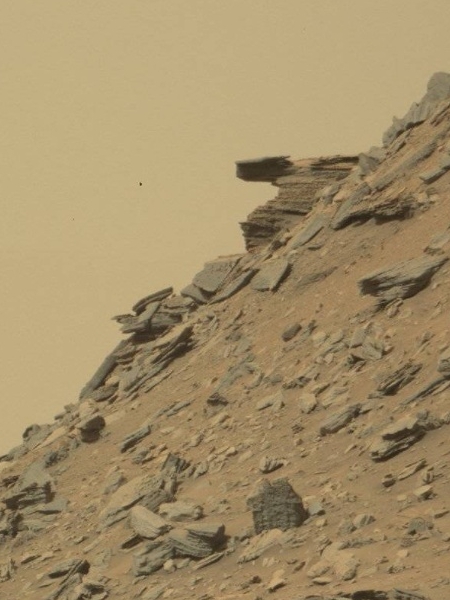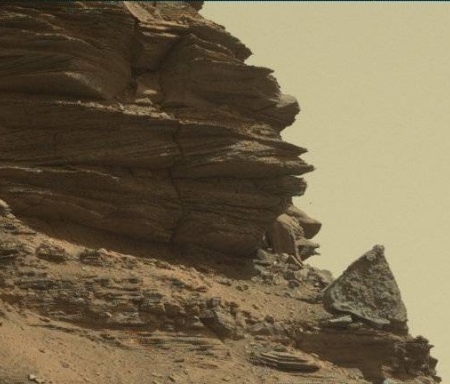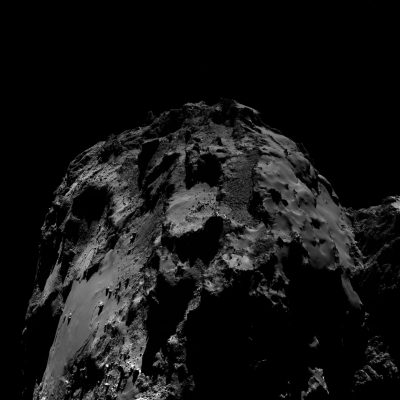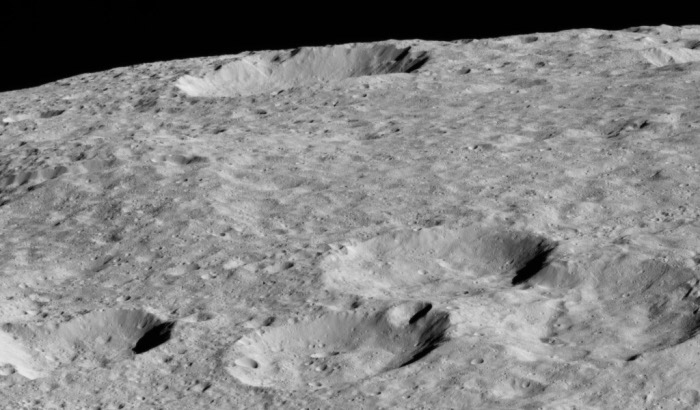Earthlike exoplanet discovered orbiting the nearest star
Worlds without end: An Earthlike exoplanet has been discovered in the habitable zone and orbiting Proxima Centauri, the nearest star to the Sun.
The CBC/AP story above doesn’t give many details, mainly because this story is breaking the Thursday embargo, when the actual science paper will be released. Expect a lot more news stories then about this, which probably ranks as one of the biggest science discoveries in history.
Since the embargo is broken, here are some facts from one of the press releases:
The planet, called Proxima b, orbits its parent star every 11 days and has a temperature suitable for liquid water to exist on its surface. This rocky world is a little more massive than the Earth, and is the closest planet outside our solar system. Planets around other stars are commonly referred to as exoplanets.
…Although Proxima b orbits much closer to its star than Mercury does to the Sun in the solar system, the star itself is far fainter than the sun. As a result Proxima b lies well within the habitable zone around the star and has an estimated surface temperature that would allow the presence of liquid water. Despite the temperate orbit of Proxima b, the conditions on the surface may be strongly affected by the ultraviolet and X-ray flares from the star — these would be far more intense than those the Earth experiences from the Sun.
They first had a hint of the planet’s existence in 2013 (which explains the unsourced rumors I’ve heard periodcally in the past few years about a exoplanet around Proxima Centauri) and spent the past two-plus years making absolutely sure they understood their data.
Worlds without end: An Earthlike exoplanet has been discovered in the habitable zone and orbiting Proxima Centauri, the nearest star to the Sun.
The CBC/AP story above doesn’t give many details, mainly because this story is breaking the Thursday embargo, when the actual science paper will be released. Expect a lot more news stories then about this, which probably ranks as one of the biggest science discoveries in history.
Since the embargo is broken, here are some facts from one of the press releases:
The planet, called Proxima b, orbits its parent star every 11 days and has a temperature suitable for liquid water to exist on its surface. This rocky world is a little more massive than the Earth, and is the closest planet outside our solar system. Planets around other stars are commonly referred to as exoplanets.
…Although Proxima b orbits much closer to its star than Mercury does to the Sun in the solar system, the star itself is far fainter than the sun. As a result Proxima b lies well within the habitable zone around the star and has an estimated surface temperature that would allow the presence of liquid water. Despite the temperate orbit of Proxima b, the conditions on the surface may be strongly affected by the ultraviolet and X-ray flares from the star — these would be far more intense than those the Earth experiences from the Sun.
They first had a hint of the planet’s existence in 2013 (which explains the unsourced rumors I’ve heard periodcally in the past few years about a exoplanet around Proxima Centauri) and spent the past two-plus years making absolutely sure they understood their data.





